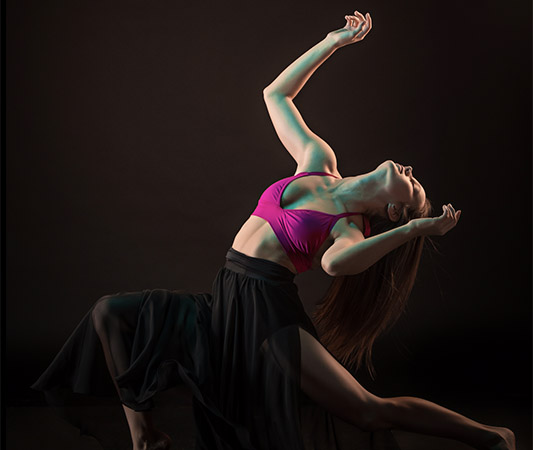
At times, it may be challenging to express with words what exactly you are feeling while dealing with a myriad of emotions all at once. Buried bitter feelings can morph into traumas that linger in your mind and lead to chronic pain and affect your overall well-being. Somatic movements incorporated as a fitness routine and part of dance therapy are powerful and efficient means to release these repressed emotions.
When articulating your emotions verbally feels challenging, these physical movements come to the rescue by offering a pathway for releasing pent-up emotions and finding relief.
What are somatic movements?
Brinda Jacob-Janvrin, movement-based expressive arts therapist from Bengaluru, explains somatic movements as a means to tap into the body’s wisdom.
“There is an inherent wisdom in the body (body’s innate intellect and self-awareness) that takes you towards the healing process both mentally and physically,” says Jacob-Janvrin, founder of SMArT (Studio for Movement Arts and Therapies), Bengaluru. “Somatic work or movements help to tap into the wisdom of the body, where body movements express repressed feelings, and provide clarity of the need to be expressed.”
Based on the principle of mind-body connection, somatic movements help people gain a deeper awareness of their mental and physical states through mindful movement and bodily sensations.
How do somatic movements heal?
According to Jacob-Janvrin, any language or a cognitive mind can only articulate less than 10% of one’s experience, whereas somatic movements easily release all the repressed feelings.
“Anything you have experienced in life, even the events you have not had a chance to process, is stored in your body. It can be expressions, memories or emotions,” says Jacob-Janvrin. “You can employ somatic movements to process these emotions by just moving various parts of your body. By allowing the pent-up emotions to move through the body, it releases the traumatic events and unresolved emotional issues, which are trapped in your body for a long time.”
Emphasis on body awareness
Somatic movements are usually slow and deliberate. It emphasizes proprioception and internal sensations. The somatic techniques created and developed by Australian F Matthias Alexander and Moshe Feldenkrais from Russia in the early 20th century, accentuate an individual’s physical fitness along with focusing on the psychological component.
“Somatic practices like Feldenkrais and Alexander technique are designed to increase mobility, improve posture and enhance flexibility by re-educating the nervous system and promoting greater body awareness,” says Jacob-Janvrin.
She emphasizes that somatic practice improves sensation awareness, which gradually helps one realize how sensations are connected to emotions and thoughts.
Clubbing somatic movements with other activities
People at all fitness levels and all ages can easily engage in somatic movements and the best part is that they can incorporate these practices into their regular fitness routines.
However, as each person’s body and psyche are distinct and need a personalized approach, working with a practitioner to customize the movements to meet your needs is advised.
“Depending on your needs, fitness level and emotional experience, a practitioner can help you tailor the ideal way of performing somatic movements to yield the best outcome,” says Jacob-Janvrin.
Takeaways
- The somatic movements use bodily sensations and movements to help people develop a deeper awareness of their mental and physical states.
- It releases the traumatic experiences and unsolved mental conflicts that have been stored in your body for a long time.
- Somatic techniques such as Feldenkrais and Alexander methods aim to improve posture, promote flexibility and increase mobility.















